




Carpet moths can be an unsightly and frustrating problem for homeowners, causing damage to carpets and other textiles. Understanding the causes of carpet moths is crucial in preventing infestations and ensuring the longevity of your carpets. This article will delve into the reasons behind these infestations and provide helpful tips for prevention and treatment.
1. Lack of cleanliness: One of the main causes of carpet moths is a lack of cleanliness in your home. Moths are attracted to dirt and dust particles within your carpets, so it is important to regularly vacuum and clean your carpets to remove any potential food sources for these pests. Regular cleaning will also help to prevent the accumulation of fibers and debris, which can create a hospitable environment for carpet moths.
2. Dark and undisturbed areas: Another common cause of carpet moth infestations is the presence of dark and undisturbed areas in your home. Moths prefer to lay their eggs in concealed spaces such as under furniture, along skirting boards, and in the corners of rooms. It is important to regularly move and clean these areas to disrupt their breeding grounds and make them less attractive to moths.
3. Lack of ventilation: Poor ventilation in your home can also contribute to carpet moth infestations. Moths thrive in humid environments, so it is important to keep your home well-ventilated and prevent moisture buildup. Opening windows and using dehumidifiers can help to reduce the humidity levels in your home and make it less appealing to moths.
In conclusion, understanding the causes of carpet moth infestations is essential in preventing and treating these pests. By maintaining cleanliness, regularly cleaning dark and undisturbed areas, and ensuring proper ventilation in your home, you can minimize the risk of carpet moth infestations and preserve the beauty and longevity of your carpets.
Understanding the Causes of Carpet Moths
Carpet moths, also known as textile moths or carpet beetles, are a common problem in homes and can cause significant damage to carpets, rugs, and other textiles. In order to effectively prevent and treat carpet moth infestations, it is important to understand the causes behind their presence.
1. Attracted to Natural Fibers
Carpet moths are attracted to natural fibers such as wool, silk, and cotton, as these materials provide a food source for their larvae. If your carpets or other textiles contain these fibers, they may be more susceptible to carpet moth infestations.
2. Poor Hygiene and Housekeeping
Poor hygiene and housekeeping practices can contribute to carpet moth infestations. Carpet moths are attracted to dust, dirt, and food crumbs that accumulate in carpets, rugs, and upholstery. Regular vacuuming and cleaning can help reduce the risk of infestation.
3. Moth Infested Items brought into the Home
Carpet moths can easily be brought into your home through infested items such as secondhand furniture, clothing, or rugs. It is important to thoroughly inspect and clean any used items before bringing them into your home.
4. Increased Humidity
High humidity levels can create a favorable environment for carpet moths to thrive. These pests are more likely to infest areas with excessive moisture, so it is important to regularly monitor and control humidity levels in your home.
5. Lack of Natural Predators
In some cases, the presence of carpet moths may be due to a lack of natural predators in the environment. Birds, spiders, and other insects can help control carpet moth populations by feeding on the adults and larvae. Creating a welcoming habitat for these predators can help deter carpet moths.
6. Neglected or Infrequently Used Areas
Carpet moths are more likely to infest areas that are neglected or infrequently used, such as spare rooms, storage areas, or closets. Regularly inspecting and cleaning these areas can help prevent carpet moth infestations.
7. Lack of Regular Carpet Maintenance
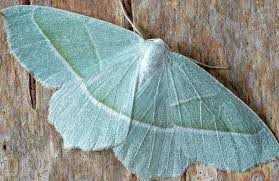
Regular carpet maintenance, including professional cleaning and periodic rotation of furniture or area rugs, can help prevent carpet moth infestations. By keeping your carpets and textiles in good condition, you can reduce the risk of attracting carpet moths.
| Prevention Tips | Treatment Tips |
|---|---|
|
|
Why Carpet Moths Are a Problem
Carpet moths can cause significant damage to carpets, rugs, and other fabric items in your home. Here are some reasons why they are a problem:
- Damage to Carpets: Carpet moths lay eggs in the fibers of carpets, and when these eggs hatch, the larvae feed on the natural fibers. This can lead to unsightly holes and damage to the carpet’s appearance and integrity.
- Costly Repairs: Repairing or replacing carpets that have been damaged by carpet moths can be quite expensive. This can be a significant financial burden, especially if the infestation is extensive.
- Spread to Other Areas: If left unchecked, carpet moths can spread to other areas of your home. They can infest upholstered furniture, curtains, and even clothing made of natural fibers.
- Allergy and Asthma Triggers: The shed skins and waste of carpet moth larvae can become airborne, triggering allergies and asthma symptoms in sensitive individuals. This can lead to respiratory issues and discomfort for the affected individuals.
- Difficult to Eradicate: Carpet moths can be challenging to get rid of once they have infested your home. Their small size and ability to hide in dark crevices make it difficult to locate and eliminate all of the moths and larvae.
It is important to address a carpet moth infestation as soon as possible to prevent further damage and minimize the impact on your home environment. Regular cleaning, vacuuming, and professional carpet cleaning can help in preventing and treating carpet moth infestations.
Identifying Carpet Moths and Their Damage
Carpet moths, also known as carpet beetles, can be a major nuisance for homeowners. These small, oval-shaped insects are often found in dark, undisturbed areas such as closets, under furniture, or in carpeted areas. Identifying carpet moths and their damage is the first step in preventing and treating an infestation.
Appearance
Carpet moths are small insects, usually measuring between 2 to 5 millimeters in length. They have a distinctive oval shape and are covered in tiny, hair-like projections. Their bodies are typically a combination of brown, black, and white, with a mottled pattern that helps them blend in with their surroundings.
Adult carpet moths: Adult carpet moths have wings and are capable of flight. They are often attracted to light sources and may be found near windows or light fixtures. Their wings are covered in tiny scales, which give them a powdery appearance.
Carpet moth larvae: The larvae of carpet moths are the most destructive stage of their life cycle. They are small, worm-like creatures with bristly hairs and are typically a light, creamy color. Carpet moth larvae are often found hidden beneath the surface of carpets, rugs, or upholstery.
Damage
One of the telltale signs of a carpet moth infestation is the damage they cause to textiles and fabrics. Carpet moth larvae feed on natural fibers such as wool, silk, and cotton. They can quickly destroy carpets, rugs, and upholstery if left unchecked.
Carpet damage: Carpet moth larvae create irregular-shaped holes in carpets, often starting near the edges or in areas of heavy foot traffic. They may also chew away the tufts of the carpet, leaving behind a bald patch.
Damage to other textiles: In addition to carpets, carpet moth larvae can also damage clothing, curtains, and other fabrics. They may create holes or cause fabric to appear thin and weak.
Conclusion
Identifying carpet moths and the damage they cause is crucial in preventing and treating an infestation. Monitoring your carpets and textiles regularly, as well as taking steps to eliminate carpet moth larvae, can help protect your home from these pesky pests.
Preventing Carpet Moth Infestations
Regular Cleaning and Vacuuming
Keeping your carpets clean and free from crumbs and debris is an effective way to prevent carpet moth infestations. Regular vacuuming can remove eggs and larvae, preventing them from developing into adult moths. Make sure to pay attention to areas under furniture, along baseboards, and in corners where moths might lay their eggs.
Seal Cracks and Openings
Carpet moths can enter your home through cracks and openings in walls and floors. To prevent infestations, seal any cracks or gaps in windows, doors, and skirting boards. Additionally, inspect and seal any openings around pipework or cables that lead to the outside of your home.
Monitor Problem Areas
Some areas of your home may be more prone to carpet moth infestations, such as dark and undisturbed areas. Regularly check these areas, including under furniture, rugs, and along the edges of carpets. If you notice signs of moths, such as cocoons or damage to the carpet fibers, take immediate action to prevent further infestation.
Store Natural Fibers Properly
If you have rugs or carpets made of natural fibers, such as wool or silk, make sure to store them properly during periods of non-use. Clean the items thoroughly, roll them up, and store them in airtight bags or containers to prevent moths from laying eggs on them.
Use Moth Repellents
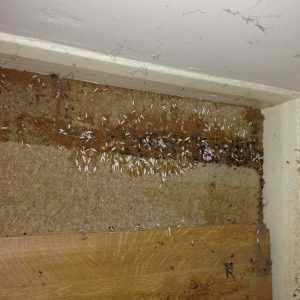
You can use moth repellents, such as natural essential oils or commercially available products, to deter carpet moths from infesting your carpets. Place sachets or cotton balls soaked in essential oils, such as lavender, cedarwood, or eucalyptus, near your carpets to create a scent barrier that repels moths. Follow the instructions on commercially available products carefully to ensure their effectiveness.
Professional Carpet Cleaning
Regular professional carpet cleaning can help remove any hidden moth eggs or larvae. Hire a professional carpet cleaning company to deep clean your carpets at least once a year to prevent carpet moth infestations.
By following these prevention tips, you can significantly reduce the risk of carpet moth infestations in your home and ensure the longevity of your carpets.
Treating Carpet Moth Infestations
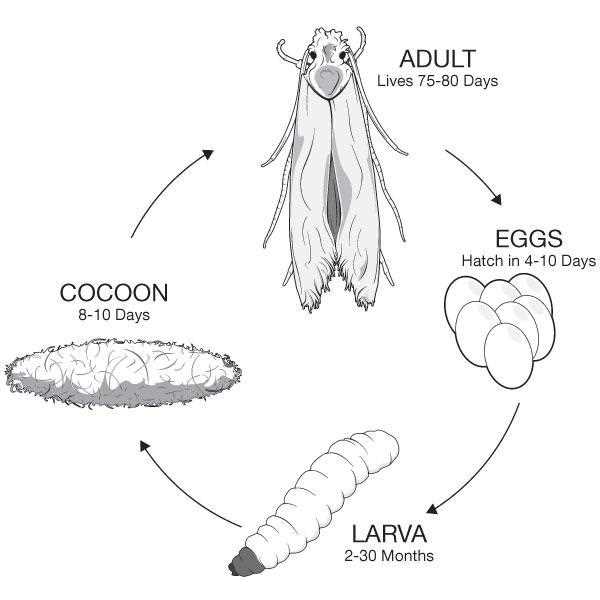
If you have noticed signs of a carpet moth infestation in your home, it is important to take immediate action to prevent further damage. Here are some effective methods for treating carpet moth infestations:
1. Vacuuming
The first step in treating carpet moth infestations is to thoroughly vacuum your carpets, rugs, and upholstery. Make sure to focus on areas where the infestation is most severe. Vacuuming helps to remove both adult moths and their larvae, reducing the population and preventing them from laying more eggs.
2. Steam cleaning
Steam cleaning is an effective method for killing carpet moth larvae and eggs. The high temperatures of steam can penetrate deep into the fibers, eliminating the infestation. It is important to follow the instructions provided by the manufacturer and ensure that the steam cleaner reaches the appropriate temperature to be effective.
3. Freezing
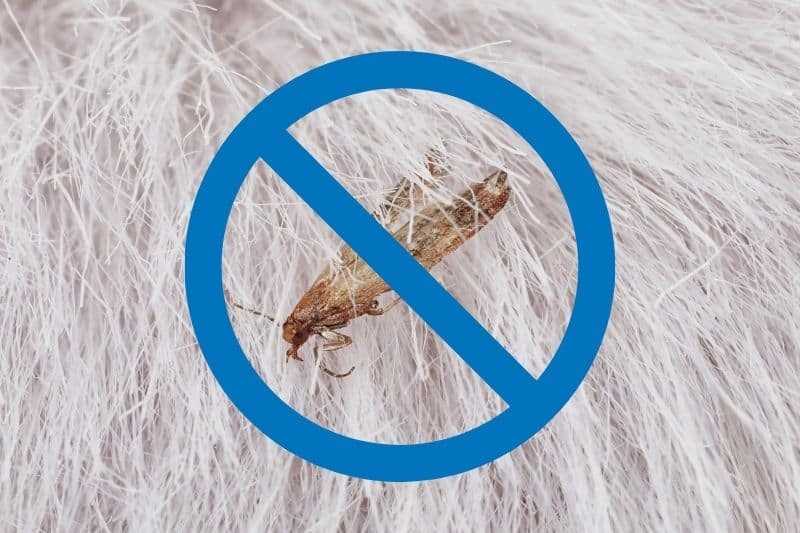
Another method for treating carpet moth infestations is to freeze infested items. Place smaller items such as clothing, cushions, or rugs in sealed plastic bags and freeze them for at least 48 hours. This will kill any larvae or eggs present. Afterward, allow the items to thaw and then vacuum or steam clean them to remove any dead moths or larvae.
4. Insecticides

Insecticides can be used as a last resort for treating severe carpet moth infestations. Make sure to choose an insecticide specifically labeled for carpet moths and follow the instructions carefully. It is recommended to treat the entire affected area, including both carpets and upholstery. Take precautions to ensure the safety of pets and children by using insecticides in a well-ventilated area and keeping them away until it is safe to re-enter.
5. Professional pest control
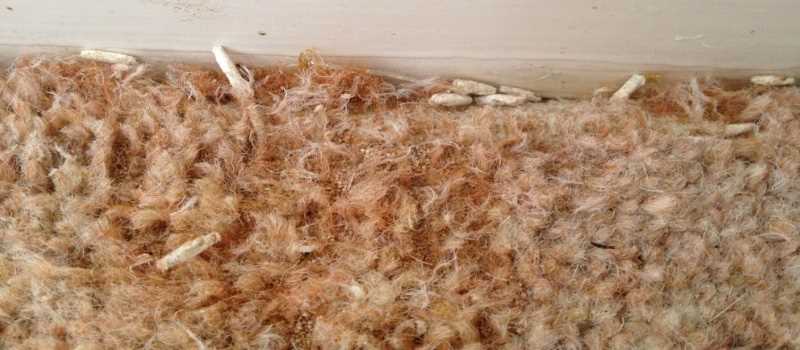
If the infestation is severe or you are unable to eliminate the carpet moth problem on your own, it may be necessary to hire a professional pest control company. They have the experience and knowledge to effectively treat and eliminate carpet moth infestations. They will assess the extent of the infestation and apply the appropriate treatment methods to eradicate the problem.
Remember, prevention is key to avoiding future carpet moth infestations. Regularly vacuuming, keeping your home clean and dry, and storing natural fiber clothing and textiles properly can help prevent these pests from returning.
Professional Carpet Moth Control Services
When it comes to dealing with a carpet moth infestation, it is often best to seek professional help. Professional carpet moth control services have the knowledge, expertise, and tools to effectively eliminate these pests and prevent future infestations.
Benefits of Professional Carpet Moth Control Services
- Expertise: Professional carpet moth control services have a deep understanding of carpet moths and their behavior. They can accurately identify the source of the infestation and develop a targeted treatment plan.
- Safe and Effective Treatment: Professionals use specialized products and techniques that are proven to effectively eliminate carpet moths. They ensure the safety of your family and pets by using environmentally friendly products.
- Prevention: Professional carpet moth control services not only eliminate the current infestation but also take measures to prevent future infestations. They provide advice on how to protect your carpets and take preventive steps to keep carpet moths away.
- Time and Cost Savings: By hiring professionals, you can save time and money in the long run. They can quickly and efficiently eliminate the infestation, preventing further damage to your carpets and furniture.
What to Expect from Professional Carpet Moth Control Services
When you hire professional carpet moth control services, you can expect a thorough inspection of your property to determine the extent of the infestation. They will assess the damage and develop a customized treatment plan based on the severity of the problem.
During the treatment process, professionals will use a combination of techniques, such as steam cleaning, insecticide sprays, and vacuuming, to eliminate carpet moths at all life stages. They will also provide recommendations for ongoing maintenance and preventive measures to ensure long-term protection against carpet moths.
Choosing the Right Professional Carpet Moth Control Service
When selecting a professional carpet moth control service, it is important to consider their experience, reputation, and certifications. Look for companies that have a track record of successfully dealing with carpet moth infestations and have positive reviews from previous customers.
Additionally, ensure that the company is licensed and insured. This provides peace of mind knowing that you are working with a reputable and reliable service provider.
| Benefits | Expectations | Choosing the Right Service |
|---|---|---|
| Expertise | Thorough inspection | Experience and reputation |
| Safe and Effective Treatment | Customized treatment plan | Certifications and licenses |
| Prevention | Combination of treatment techniques | Positive customer reviews |
| Time and Cost Savings | Ongoing maintenance recommendations | Loading… |
FAQ
What are carpet moths and why are they a problem?
Carpet moths, also known as textile moths, are small insects that feed on natural fibers such as wool and silk. They can cause damage to carpets, rugs, and other textiles in the home. Their larvae feed on the fibers, leaving behind holes and damage. Carpet moths are a problem because they can cause significant damage to expensive carpets and can be difficult to get rid of once an infestation occurs.
How do carpet moths infest a home?
Carpet moths can infest a home through a variety of ways. They can come in from infested items that are brought into the home, such as second hand furniture or rugs. They can also enter through open windows or doors if there are already moths present in the outdoor environment. Once inside, they lay eggs on natural fibers, such as carpets and rugs, and the larvae emerge and begin to feed on the fibers.
What are the signs of a carpet moth infestation?
There are several signs that indicate a carpet moth infestation. These include visible damage to carpets, rugs, and other textiles in the home, such as holes or areas where the fibers have been eaten away. You may also notice moths flying around the home, especially in the evening when they are most active. Additionally, you may find small, white eggs or larvae in the fibers of your carpets or rugs.
How can I prevent carpet moth infestations?
There are several steps you can take to prevent carpet moth infestations. First, regularly vacuum and clean your carpets and rugs to remove any eggs or larvae that may be present. It is also important to keep your home clean and free of debris, as moths are attracted to dirty and dusty environments. Additionally, be cautious when bringing in second hand items into your home, as they may be infested with carpet moths.
What are some treatment options for carpet moth infestations?
If you have a carpet moth infestation, there are several treatment options available. One option is to use insecticidal sprays or powders specifically designed to kill carpet moths. You can apply these directly to the affected areas, following the instructions on the product. Another option is to hire a professional pest control company, who can use more potent treatments to eliminate the infestation. It is also important to thoroughly clean and vacuum your carpets and rugs to remove any eggs or larvae that may be present.
Are there any natural remedies to get rid of carpet moths?
Yes, there are a few natural remedies that can help get rid of carpet moths. One option is to use cedar chips or cedar oil, as moths are repelled by the scent of cedar. You can place cedar chips in the corners of your carpets or rugs, or use cedar oil to spray affected areas. Another option is to use lavender sachets or lavender essential oil, as moths also dislike the scent of lavender. However, keep in mind that natural remedies may not be as effective as chemical treatments for severe infestations.















